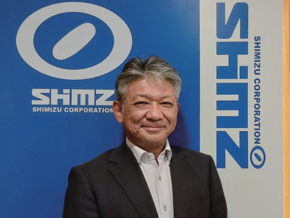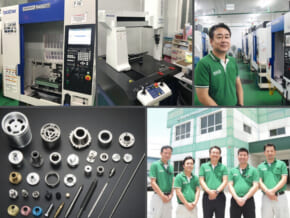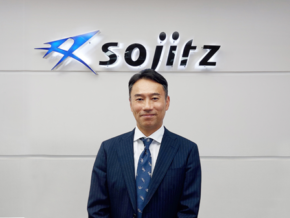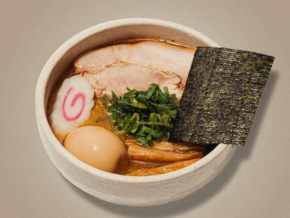Business Talk with Hubert Young, CEO of UCC Ueshima Coffee Philippines, Inc
With an experience in the food industry spanning over three decades, Filipino entrepreneur Hubert Young is known for his significant contributions to the food and beverage industry in the Philippines. As the CEO of UCC Ueshima Coffee Philippines, Inc., he is credited with bringing the iconic Japanese coffee brand UCC Coffee to the country in 2014. Aside from this, Young has expanded his portfolio to include a variety of Japanese dining concepts such as Mitsuyado Sei-Men, Coco Ichibanya, Tendon Kohaku, Shaburi & Kintan Buffet, and MOS Burger.
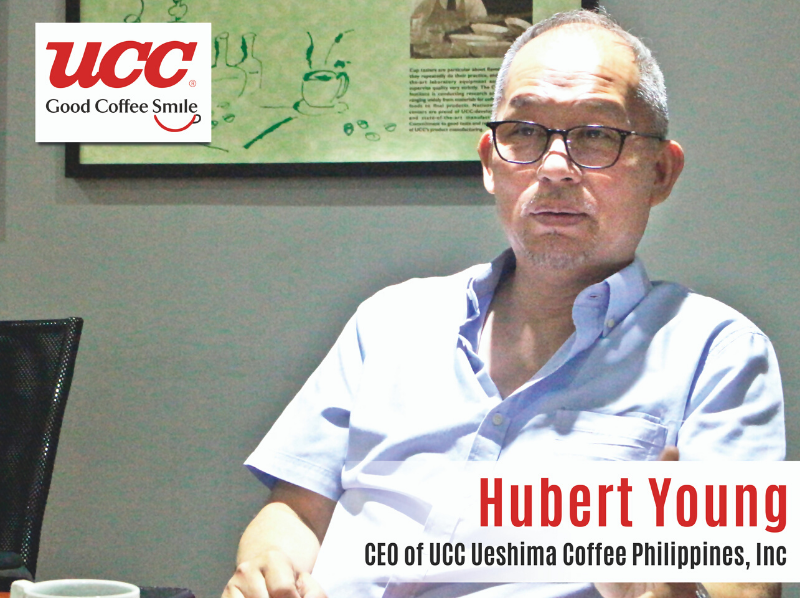
Philippine Primer had a chance to sit down with him to give us his thoughts on his business empire.
Please tell us about yourself, your background and experience.
I am more of an entrepreneur; I take more challenges than the normal person. I come from a food manufacturing business, to start with. My family owns a very old company in the Philippines, which has evolved into a flour milling company called General Milling Corp. Back then, I was running the coffee manufacturing facility back in 1985-86. At that time, our company had the franchise for Hills Bros. Coffee, which was based in San Francisco. I worked in San Francisco for several years and trained as a coffee person. When the Philippines had a revolution in 1986, I had to go back to the US and stay there for a while. I came back in 1993; I went into other businesses until I went to search for UCC.
Can you tell us about UCC Ueshima Coffee Philippines, Inc.?
Back then, everyone in the Philippines was leaning towards American brands. You had California Pizza Kitchen, TGIFridays, Chili’s; everybody had the American mentality. I didn’t want to be like them so I decided to go Asian. When traveling in Asia, we always went to UCC for coffee in Hong Kong and bought UCC products in the supermarket; so I had a dream that maybe I should bring UCC to the Philippines.
I looked at the packaging of UCC and everything was in Japanese. So I thought, what is the best way to get Filipinos to understand the product? As a Filipino, I know that Filipinos love to eat, Filipinos love to socialize. They used to go to hotel lobbies for business and coffee. Back then, coffee at a hotel was Php 120. If people were paying for this, I said maybe I should put up a coffee shop as a vehicle to introduce the brand, UCC. I decided that the coffee shop should be a place where people can come in and have their business just like in a hotel, enjoy good coffee and good food. My problem then was that UCC coffee was expensive compared to other coffee shops and QSRs (quick-service restaurants). So, I had to think of the best food cost where I could throw in the coffee for free to let the Filipinos try it.
Again, I wanted to be different so I said, no espresso, only syphon—because there was no competition with syphon. We put the syphon brewing in the middle of the bar so people could see and be intrigued with this new method. To me, that was my show and tell.
How did you bring other Japanese franchises to the Philippines?
Fast forward to 2011-12, when ramen was just about to become popular, we started Mitsuyado Sei-Men in Jupiter, Makati, but instead of ramen, we specialized in tsukemen. Ramen is noodle, tsukemen is noodle, but they are very different; just like how syphon is different from espresso.
In 2014, we went into a joint venture with UCC in the coffee manufacturing business. This business partnership led to other opportunities and got us Coco Ichibanya in 2015. What else do I want to do in the Philippines? Filipinos love to eat tempura, so we searched around and saw this tempura shop in Singapore doing very well: Tendon Kohaku. Now, we have 2 stores but we are opening our third and fourth in the next few months.
It kept coming—and the latest is Shaburi Kintan, which was in the works about a year ago. Mr. Eiji Kamada (Dining Innovation CEO) came and asked if we wanted to handle a shabu-shabu and yakiniku brand, the Japanese way. We struck an alliance, so we now hold the master franchise for Dining Innovation in the Philippines.
What was my real dream in 1998-99? I met with Mr. Atsushi Sakurada (Mos Burger Chairman), and I told him I have always dreamt of Mos Burger since 1998 but never had the chance. On June 4, 2019, we signed a contract for a joint venture. We are not only forming a joint venture to manage and grow retail shops but we are also doing a joint venture for a new central kitchen for Mos Burger, which will hopefully take place sometime this year and the store in 2020.
What are the challenges you have encountered in running the company and how did you deal with them?
Dealing with retail is the hardest business. It has taught us to be more patient and understanding of our customers. Furthermore, as you are aware, the retail market always evolves and we have to always be one step ahead.
Have you ever considered coming up with your own business?
Because I’m a marketing person, branding is important. Having the credentials and helping the Japanese expand in this country is my forte, and that is where I’ll stick. I may not own the brand but I love the brand, and I run the business like I own the brand. My brand is Hubert Young.
What can you say about the food industry in the Philippines?
As far as the food industry is concerned, it is still a growing market. Filipinos’ disposable income is increasing. The population is big, and there is a good chance of more growth. We have already hit the high-end market, the B market, and, now with Mos Burger, the upper C and B markets. Moving forward, we want the Filipinos to appreciate the real, authentic and affordable quality of Japanese food.
How would you describe your management style?
I am a very hands-on person. I am an ultra-detailed person, but I have learned to step back a little and look at the bigger picture as we are growing into a bigger company. My being hands-on is enabling the people who work with me to think how I think so they can do the hands-on while I look at the bigger picture and steer our business to future growth.
Where did your interest in Japanese products come from?
It developed through the years of traveling to Japan, my dealings with them, and enjoying my time in Japan. To me, every time I come to Japan, it is a learning day and I discover new little things. Even in convenience stores, I love looking at the trends, what they are doing, who is buying what. I would even buy and try things thinking, how can they be so good with just this price? These are the things that intrigue me.





